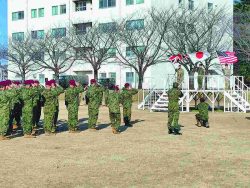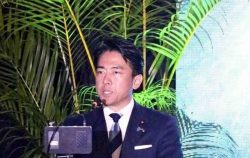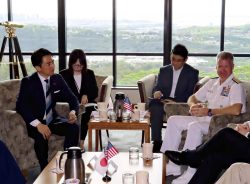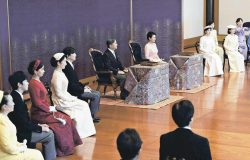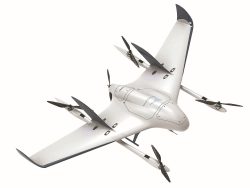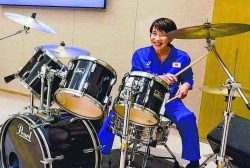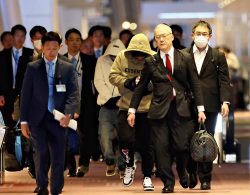Japan, Australia Seek Economic Security for Pacific Island Nations; Hold Talks Between Defense, Foreign Ministers
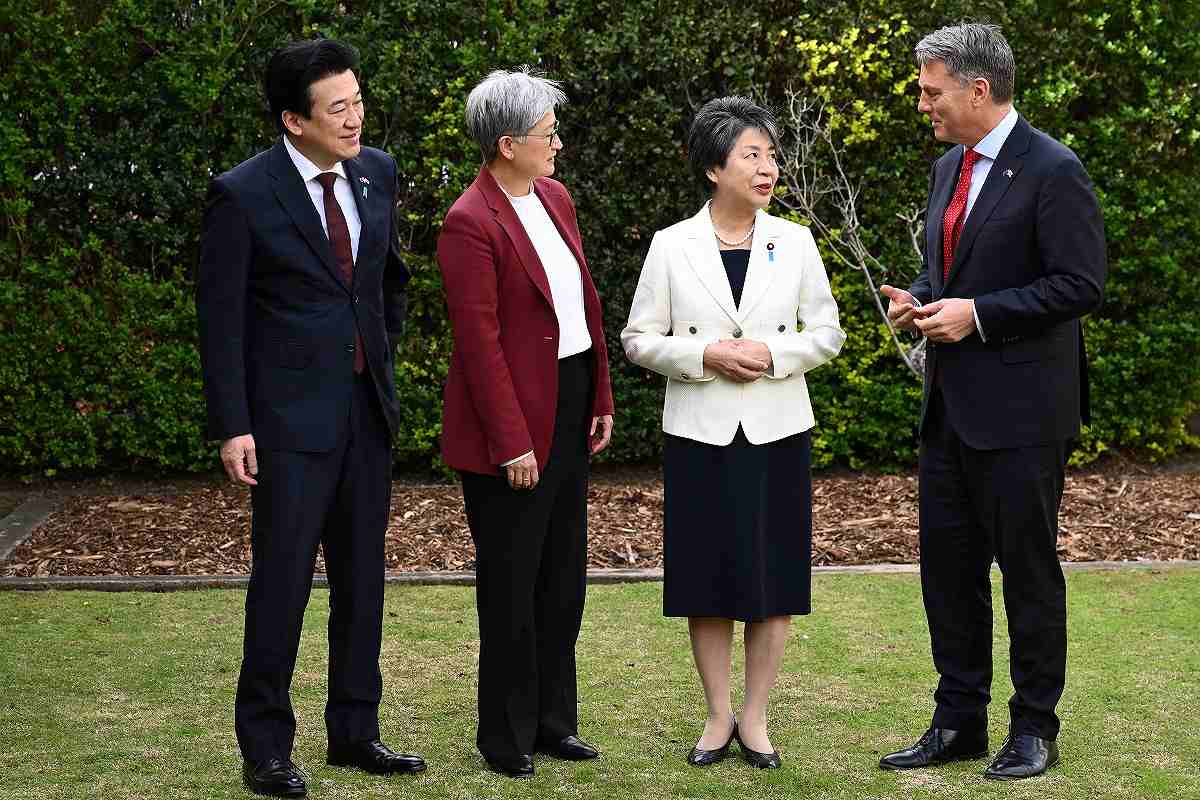
Japanese Defence Minister Minoru Kihara, left, Australian Foreign Minister Penny Wong, second left, Japanese Foreign Minister Yoko Kamikawa and Australian Defence Minister Richard Marles, right, pose for a family photo at Fort Queenscliff, in Queenscliff, Victoria, Australia September 5, 2024.
17:54 JST, September 5, 2024
QUEENSCLIFF, Australia ― The Japanese and Australian governments pledged to establish a framework to support the development of telecommunications infrastructure for Pacific island nations in a joint statement adopted after foreign and defense ministers’ meeting, commonly known as the “two-plus-two,” in Queenscliff near Melbourne on Thursday.
This move is aimed at countering China’s assertive maritime expansion.
Under the new framework — called the Japan-Australia pacific digital development initiative — both countries will provide funding and technology to support projects such as the installation of submarine cables for telecommunications.
These cables are potentially vulnerable to data extraction or disruption, and with China’s growing influence, Japan and Australia feel that Pacific island nations should avoid relying on Chinese-made cables. Additionally, the two countries plan to accelerate efforts to support the strengthening of cybersecurity.
The joint statement also confirms the upgrade of the Japan-Australia Economic Security Dialogue, taking into account China’s use of economic coercion. Japan and Australia have previously conducted working-level discussions on economic security, but the dialog will take place at a higher level, aiming to explore more concrete and practical bilateral cooperation.
The statement strongly opposes unilateral attempts to alter the status quo in the East and South China Seas, and emphasizes the further deepening of security cooperation to strengthen deterrence and response capabilities.
Specifically, Japan will dispatch a liaison officer from the Self-Defense Forces’ Joint Staff Office to the Australian Headquarters Joint Operations Command. This is in preparation for the launch of SDF’s joint operations command later this fiscal year, with the aim of enhancing operational coordination between the SDF and Australian military. The dispatch of the liaison officer is expected to begin as early as November.
Furthermore, the statement confirms that Japan will work with Australia on specifying ways to help enhance its counterstrike capabilities, which includes developing the ability to strike enemy missile launch sites. This cooperation will likely include training in Australia for launching U.S.-made Tomahawk cruise missiles, which Japan plans to introduce to the SDF.
The two-plus-two meeting was attended by Japanese Foreign Minister Yoko Kamikawa and Defense Minister Minoru Kihara, and by Australian Foreign Minister Penny Wong and Deputy Prime Minister and Defense Minister Richard Marles.
"Politics" POPULAR ARTICLE
-

Japanese Language Requirement Eyed for Permanent Residency Status; LDP Plans Revisions of Laws on Foreigners
-
-250x167.jpg)
Japan Eyes Plan to Accept Up To 1.23 Mil. Foreign Workers by End of Fiscal 2028
-
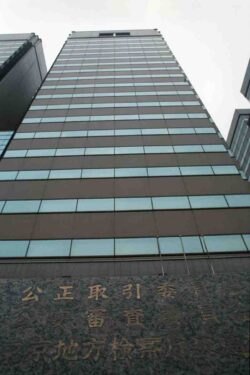
AI-Driven ‘Zero Clicks’ Phenomenon Threatens Democracy; News Outlets Must Be Able to Recover Costs, Stay Independent
-

Japanese Public, Private Sectors to Partner on ¥3 Tril. Project to Develop Domestic AI, SoftBank to Be Key Firm Involved
-

Japan’s Defense Ministry to Extend Reemployment Support for SDF Personnel to Age 65; Move Comes Amid Ongoing Labor Shortage
JN ACCESS RANKING
-

As Chinese Tourists Shun Japan, Hotels and Stores Suffer
-

BOJ Gov. Ueda: Highly Likely Mechanism for Rising Wages, Prices Will Be Maintained
-

Core Inflation in Tokyo Slows in December but Stays above BOJ Target
-

Osaka-Kansai Expo’s Economic Impact Estimated at ¥3.6 Trillion, Takes Actual Visitor Numbers into Account
-

Japan Govt Adopts Measures to Curb Mega Solar Power Plant Projects Amid Environmental Concerns


